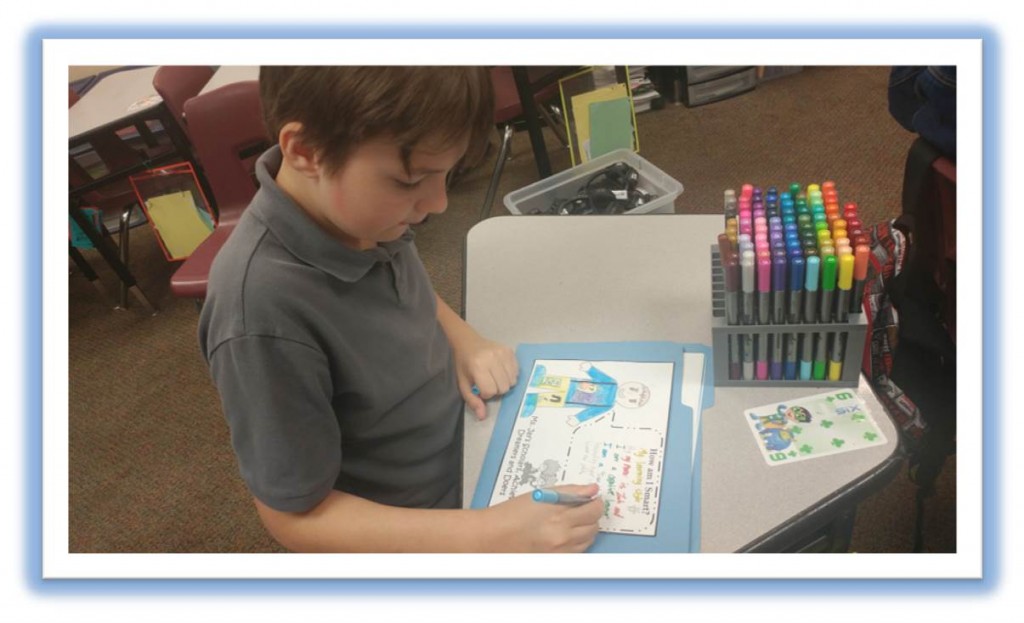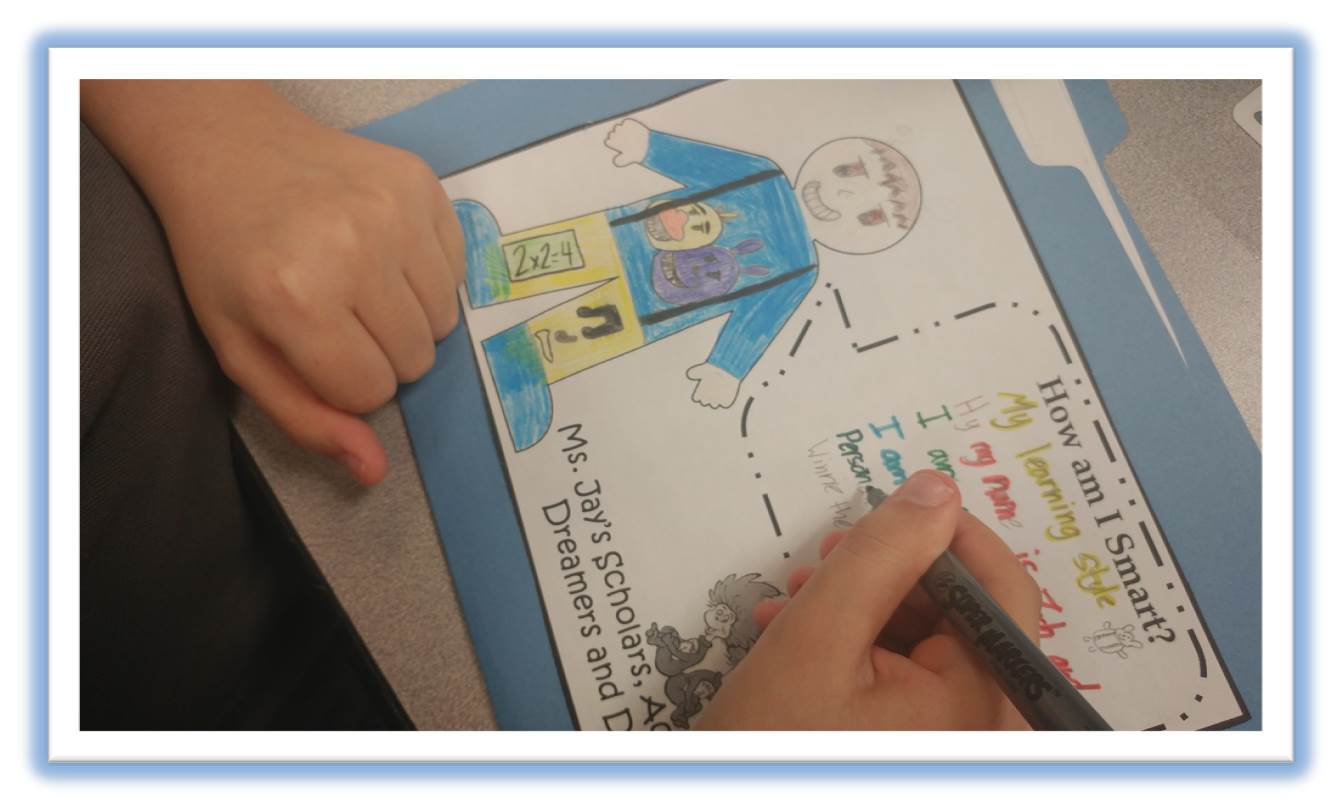It’s the most wonderful time of the year is playing in my head right now! I absolutely love the start of a new school year, and after a quite challenging year last year, I am truly looking forward to a fresh start. One of the main things I love about this time of year, as a teacher, is I get a fresh “new crop” of young scholars to inspire, motivate and encourage! It has only been three weeks since school started and already my scholars have shined so brightly. They have sparked a fire in my heart to really make the most of this new school year. Every day they have said something insightful that reminds me of the reason why I got into teaching in the first place; it just makes me feel all warm and fuzzy inside.
One of the things that make the start of the school year so special for my scholars and I is the use of learning style inventories. I know the research on learning style inventories is a little ambiguous in that most of these inventories do not give information about the only way individuals learn but provide some base information about the predominant way an individual learns. What this means for me is that the other ways my scholars learn can be enhanced or developed by the environment I create for them as well as their individual development. I have even found, over the years, that my scholars’ work habits have changed (for the better) after understanding how they learn.
By knowing their learning preference, my scholars become less of a passive learner and more of an active participant in the learning process. They discover that they now have a greater and more significant role in the entire teaching-learning environment. After taking a series of these inventories, my scholars now have a piece of information that tells them how to access their learning style, especially when they begin to struggle in certain areas and subjects.

This is Zach. He is one of my insightful scholars. He took the Colors Personality Test and discovered he is a “True Blue” like me. Zach learns through “creative” thinking, meaning he learns through creating, inventing, discovering, exploring, supposing, and imagining. Based on Gardner’s Multiple Intelligence Test, he is also Music and Math Smart. The very first thing Zach shared with me and the class is he knows how to code and he has even created his own PC game! Coding is very much in keeping with Zach’s learning style. It supports his logical and math skills — and it’s creative!
These learning style inventories have also taught me a great deal about myself as a continuous learner. I take these tests with my scholars each year, and I find that my predominant learning style can be adopted for a short window as well as for an extended period of time depending on the stimulus involved. I think in the case of my young scholars, it’s just good for them to know some of their own propensities as a learner.
I truly believe learning style inventories are very powerful tools for educators as we build nurturing environments and relationships with our students. We can adjust our instructional approach so as to best meet the learning needs of our diverse learners.
One thing I have discovered throughout years regarding learning style inventories, particularly, those that require self-reporting, is that they tend to vary by a multitude of factors, primarily environmental, age, life experiences and even culture. However, I don’t believe that this, in any way, invalidates the usefulness of the instrument; it still provides me with some baseline information for my scholars for further exploration and to gauge the effectiveness of my instructional strategies. I actually think it’s a good thing that the results may vary depending on various external factors; I feel it makes the tests more reliable.
Many educators have varying views and opinions on the usefulness and effectiveness of learning styles inventories. Based on my personal experience and interaction with my scholars, understanding how they learn has been quite invaluable. Learning styles have immense implications for promoting active learning among my students given the potential for me to use a mixture of instructional strategies coupled with best practices, including the growth mindset model. It also fosters a nurturing and engaging learning environment.
I think this type of knowledge is empowering, not only for my learners but for me, the teacher, and facilitator. From my scholar’s point of view, the awareness of their learning style puts them in a unique position to have a greater depth of knowledge of their strengths and weaknesses as a learner.
It’s quite remarkable to observe my scholars articulate their learning style and learning needs to their peers as well as to other adults.
Understanding the learning diversity in my classroom affords many opportunities to tailor my instructional strategies to accommodate the widest cross-section of learners possible.
What are your thoughts and experiences with various learning styles inventories and the impact it can have on learning?











Comments 4
I really enjoyed this blog! As an adult, I have benefitted so much from doing learning inventories. I have said many times that I wish I had known these things about myself when I was younger. It’s so empowering! It’s so great to hear how you are using them and finding them valuable in your own classroom. Brava!
Thanks Jess. I agree and knew nothing of my learning style when going through school, even as I got older and attended college. Several years ago, however, I took one inventory specifically designed for adults to gauge our ability to communicate with young people (speak their “language”) and that was a game changer for me for sure!! It’s call the Process Communication Model (PCM) https://www.processcommunication.eu/
You know, I have a learning style printed and had it planned for the Thursday last week. But we were a little behind so I put it off. Then came something else. And I have pretty much decided not to do it, until right now, reading your post. Somehow I’ll find the time and can’t wait to see what I learn. Thanks.
Doesn’t the time just fly by…I cant believe it’s already week four. I think that’s great Sandy. I know you will discover some great gems about your students